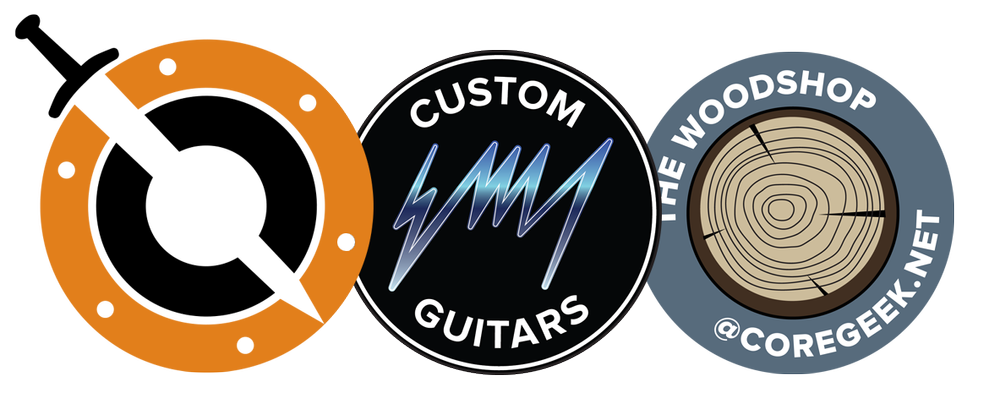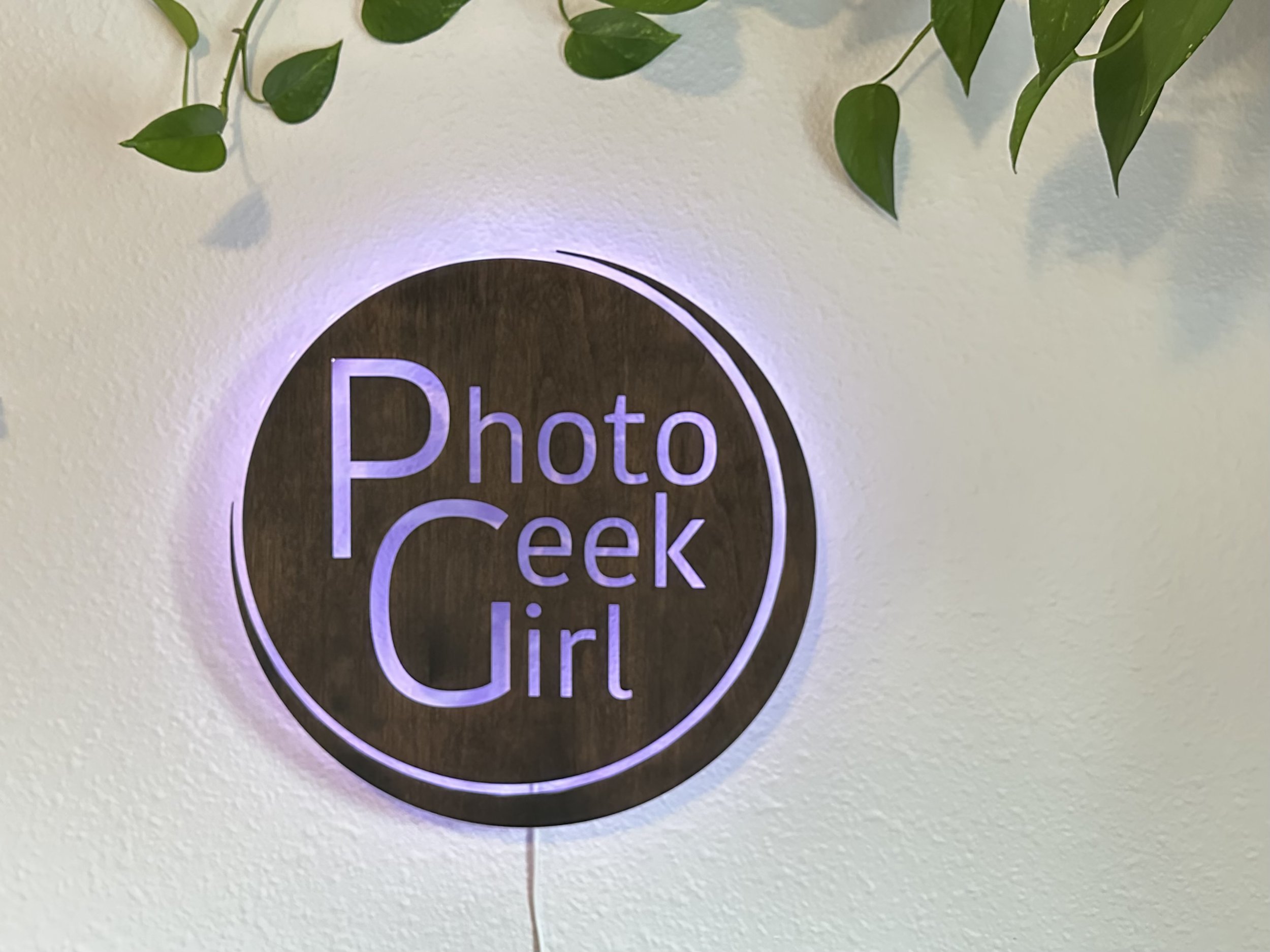For quite some time now, I have seen SurfPrep sanders used by other online makers. Most notably, my guitar builder friend Tye (a.k.a. Shock the Fox). Tye has nothing but great things to say about the SurfPrep tools. I have been eager to get my hands on one for several years.
I reached out to SurfPrep a while back, and eventually, we agreed on a deal for a 3”x4” Electric Ray Sander kit (the kit includes an assortment of sanding pads). I also opted to purchase the POV-8 Vacuum unit at a discount.
I offer this information up front as a disclaimer because I know opinions differ about trading products for reviews. Full disclosure: the sander kit was sent to me free of charge. I personally paid a percentage of the cost of the vacuum. Overall, this is not a review as much as an account of my experience using these tools.
When I placed the order, it was during the pre-Christmas holiday season. I received both units within 4-5 days. I was surprised at the quick delivery. Usually, receiving packages around the holiday can be a troublesome endeavor.
Unboxing was straightforward, and setting up was minimal. I had to install the front casters, the hose, and a collection bag on the vacuum. The sander vacuum hose adapter has reverse threads. Figuring that out was probably the most complicated part of the setup.
One of the features I was most excited about was the auto-start, which works when you plug the sander into the outlet on the front of the vacuum. I just had to check it out. It worked perfectly. I watched the sanding pad move as I cycled the sander through the three-speed settings. The movement on the pad was impressive. It is odd seeing such complete oscillation on a square pad. I have owned various vibrating palm and orbital sanders over the past 30 years, but this one was obviously different. I turned the sander off. The vacuum continued for several more seconds, then turned off. I thought to myself, cool! I later read the vacuum has an eight-second delay.
I had recently finished building two guitars and was currently between projects. I found myself wishing I had a project to try the sander on.
In the meantime, I had been waiting for a Christmas present for my wife to be delivered. I knew the delivery date would be close. I checked the tracking three days before Christmas. I decided it would not arrive on time. What to do? My wife is a photographer. I was thinking of something I could make to put in her office. I decided she needed a light-up sign of her photography logo.
I have some Walnut board end cuts that are narrow in width. To utilize the walnut boards, I needed to glue three lengths of the Walnut side by side to create a wide plank. I planned to laser cut the logo from the plank, attach the negative parts of the cuts to plexiglass, and light it from behind. I glued the planks together and thickness sanded it with my drum sander (using 80-grit paper). After that, I sanded the plank smooth using the Electric Ray Sander. It was exciting to try it out. I started with a film sheet of 120-grit paper.
SurfPrep Electric Ray Sander and Walnut Plank
My first impressions using the Electic Ray sander are as follows:
The oblong body shape and size of the Electric Ray is excellent. It is not too fat and not too thin. That made me quite happy. I cannot hold a standard round-shaped orbital sander for more than 5 minutes of use without pain in my wrist (due to an old injury).
The percentage of vibration I felt through my hand/wrist (compared to a standard orbital) was significantly less.
The Electric Ray and vacuum were significantly quieter than any previous sander/vac I have used. Especially the vacuum. Which seemed to be about half of the noise my shop vac makes.
The vacuum captured almost all of the dust particles. The only time the dust did not collect was when the sander overlapped the edge of the plank, as to be expected.
The handiness of the auto on/off vacuum switch stood out as I worked up through the sandpaper grits.
I initially saw a few “pigtail” swirls when I started sanding. I eventually learned I was moving the sander too fast across the plank. Once I slowed my movement and allowed the sander to do most of the work, the swirls stopped appearing.
Overall, I was pleased with the experience and am impressed with the system. So far, the Electric Ray is the best palm type sander I have ever used. During this small and quick project I did not experience any negatives with either tool. I have since started a much bigger project, a facelift of my extremely ’90s kitchen. That job includes building and painting new cabinet doors and sanding/painting the current cabinet frames. The Electric Ray and vacuum will be getting a lot of use. Look for a follow-up once I’ve made it through the sanding portion of that project.
If you made it this far, thank you for reading.




